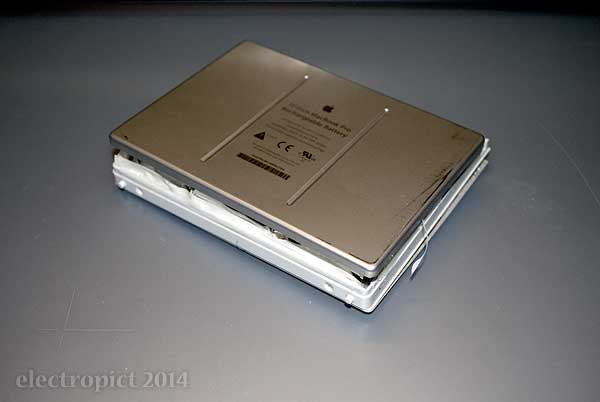scaling the depths
Posted under Miscellanea at .
"But it is important to say we simply don't have any evidence in this paper to suggest that any carbon coming from these seeps is entering the atmosphere."
This quote comes from Professor Adam Skarke of Mississippi State University. Context: this is an article about recent research into releases of methane from clathrates in the seabed off the American coastline. As we know, a warming ocean is highly likely to lead to a greater trend of release of methane than has hitherto been the case, because the equilibrium level of clathrate formation and melting changes with temperature. The released methane mostly is oxidised in the sea, adding a 2:1 molecular ratio of water and dissolved carbon dioxide to it.
It’s understandable that Professor Skarke would want to hedge his comments a bit. But hang on . . .
The fact that a strong solution of CO₂ is being added to the sea in this way is not unimportant:




